No live organism can continue for long to exist sanely under conditions of absolute reality; even larks and katydids are supposed, by some, to dream. Hill House, not sane, stood by itself against its hills, holding darkness within; it had stood so for eighty years and might stand for eighty more. Within, walls continued upright, bricks met neatly, floors were firm, and doors were sensibly shut; silence lay steadily against the wood and stone of Hill House, and whatever walked there, walked alone.
Shirley Jackson, The Haunting of Hill House
I remember well my first time— the first of many— watching Mike Flanagan’s The Haunting of Hill House on Netflix. Me and four others chilled down to the bone, covering our faces, our bodies telling us to hide. It’s a familiar feeling, a powerfully visceral anticipation that grabs you by the throat and says: “No, stay, but beware.” Which is to say the content was, is, worth the way you look over your shoulder in the dark, later, when the TV is off and you’re remembering the way the Bent Neck Lady’s hair curtained her face, leaving your imagination to run wild.
When I watched the show a second time, I knew that I wanted more. Enter 1959’s The Haunting of Hill House, written by nonpareil master of the uncanny Shirley Jackson, author of the famed, controversial and sinister “The Lottery”. Once I picked it up, I couldn’t put it down. I was dragged immediately into the halls of Hill House, where I realized one very important thing very early on: the book is nothing like the show. There is no family being slowly digested, there are no back-and-forths between future and past, debating the fates of the Crain children— in fact, there are no Crain children. Instead, we’re taken through the eyes of central character Eleanor Vance, a naive and sheltered young woman whose supernatural prowess seems divinely preordained. She is joined by the spirited, bohemian Theodora, thief Luke Sanderson, heir to Hill House, and Doctor John Montague, anthropologist and parapsychologist, who hopes for a breakthrough in his research of the metaphysical by utilizing famed Hill House as the heart of a summertime study, wherein he strives to determine all the manor’s secrets by filling its rooms with people who seem sensitive to the paranormal.
Hill House, in novel-form, offers a different kind of chill than its screen adaptation, though no less potent. The imagination is a powerful tool, and through the clever use of unreliable narration, ambiguity, and twists and turns that gaslight you into believing whatever the House wants, Jackson takes you by the hand and forces you to make your own interpretations, and you’ll find they’re often unnerving ones. I couldn’t make heads or tails of what exactly was happening—was I witnessing the slow decline of Eleanor’s mental health? Was the house truly telling her to stay? Hill House, afterall, is known for its insistent hospitality. “…it seemingly dislikes letting its guests get away”.
I came to a point in the story where Eleanor, our guide throughout, seems to wander dream-like and delusional, haunted to her core by things like roaming ghosts, loud and inscrutable sounds that demand attention, writings on the wall—HELP ELEANOR COME HOME— and blood appearing on clothing without explanation. And by this point, I, too, felt dream-like and delusional, agreeing with the groundswell opinion that yes, it’s all crazy, you have to leave. All in all, The Haunting of Hill House is reminiscent of stories like Charlotte Perkins Gilman’s “The Yellow Wallpaper” and Henry James’ The Turn of the Screw in that you’ll never have all the answers, but you will be satisfied— satisfied being, in this case, aware that you are far from this place that takes from its residents, turning them wrong, waiting for someone new to run bravely through it so that it might once again feed. It will take up residence under your skin, all its floorboards flying together until it’s made a new home for itself, and you’ll find you, too, are haunted.
Author
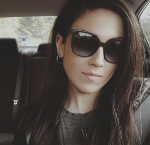
Sarah is the Arts & Culture Editor and a writer for the Seattle Collegian, as well as a student of Seattle Central College, and intends to pursue her MFA in Creative Writing once finished with her BA. She has a deep fascination, bordering on obsession, with all the many things that make us human and the conditions and complexities therein, and tends to lean into these in her writing. When not buried in text or staring at the blinding light of a word processor, Sarah is enjoying films, books, and video games, as well as exploring the beauty that Washington has to offer.

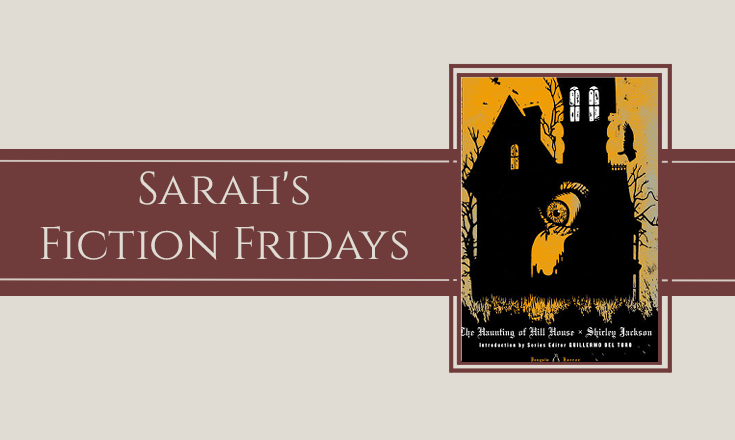

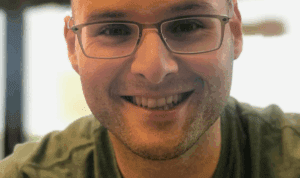


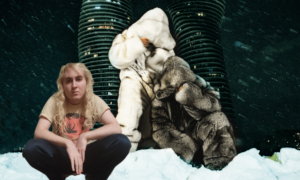
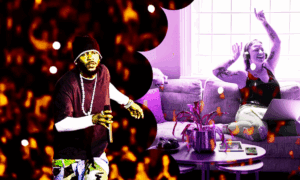

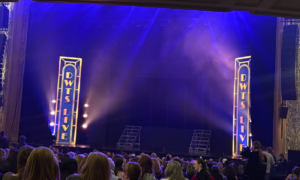
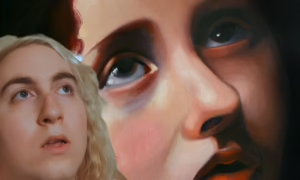
Be First to Comment